Challenges and limitations of Impact evaluation

While impact evaluation is crucial for assessing outcomes, challenges arise due to data availability and complexities of intervention strategies. Limitations, including selection bias and measurement errors, can hinder accurate assessments and generalizability of results. Addressing these challenges requires rigorous methodologies, transparent reporting, and clear articulation of assumptions. Furthermore, social, political, and economic contexts influence the effectiveness of impact evaluations. It is essential to recognize the inherent complexities and uncertainties in evaluating impact, emphasizing the importance of continuous learning, adaptation, and stakeholder engagement in the evaluation process. By acknowledging these challenges and limitations, we can strive towards improving the quality and relevance of impact evaluations.
Read more
Limitations of cost-benefit analysis

Cost-benefit analysis, while valuable, has its limitations. It may overlook non-monetary factors crucial to decision-making. Human emotions and intangible values are often excluded, impacting the accuracy of the analysis. Furthermore, predicting future costs and benefits can be challenging and may lead to misleading conclusions. In complex scenarios, externalities and uncertainties are hard to quantify, affecting the reliability of the analysis. Additionally, the process may favor solutions that appear cost-effective on paper but fail to consider long-term implications. To address these limitations, supplementing cost-benefit analysis with other tools and methodologies is essential for comprehensive decision-making.
Read more
Challenges and Limitations in Evaluating Stakeholder Engagement
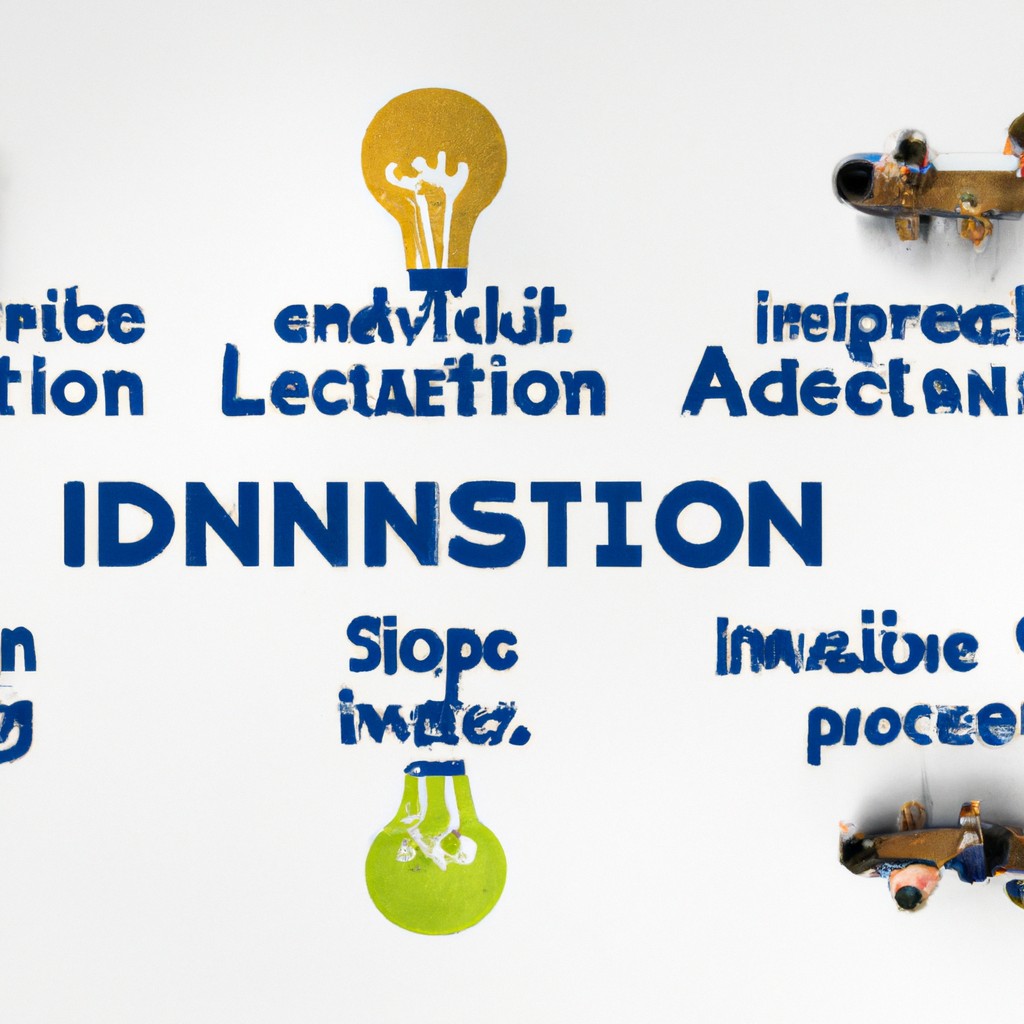
Evaluating stakeholder engagement presents challenges like diverse perspectives and varying levels of involvement. The complexity arises from different expectations and communication styles. It requires a tailored approach for effective assessment. The limitations include resource constraints and subjectivity in interpretation. Balancing the needs and interests of stakeholders while measuring their impact is crucial. Ensuring inclusivity and transparency in evaluations is essential for building trust and credibility. The process demands continuous refinement and adaptation to capture the dynamic nature of stakeholder interactions. Striving for meaningful engagement enhances organizational performance and fosters positive relationships within the community.
Read more
Limitations and criticisms of using the Lorenz curve to measure income inequality
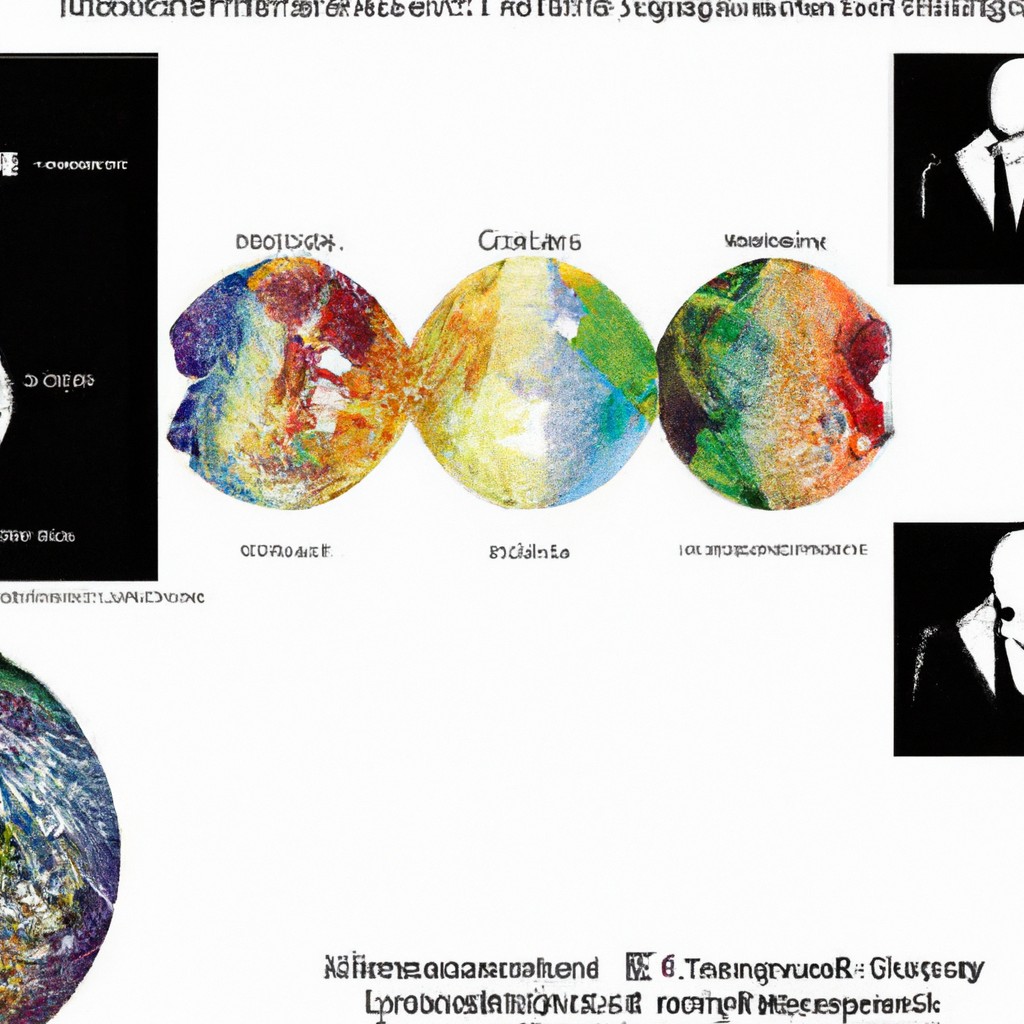
Critics of the Lorenz curve argue that it oversimplifies income disparities. It may not capture all dimensions of inequality accurately. The curve relies heavily on accurate income data, which can be challenging to obtain. It may not consider factors such as wealth distribution and social mobility adequately. Some suggest combining it with other metrics for a more comprehensive assessment. Despite its limitations, the Lorenz curve remains a valuable tool in analyzing income distribution. It illustrates inequality visually and prompts discussions on societal fairness. While critiques are valid, the curve’s simplicity can still offer insights into economic disparities and equity.
Read more
Limitations and Criticisms of Lorenz curve analysis
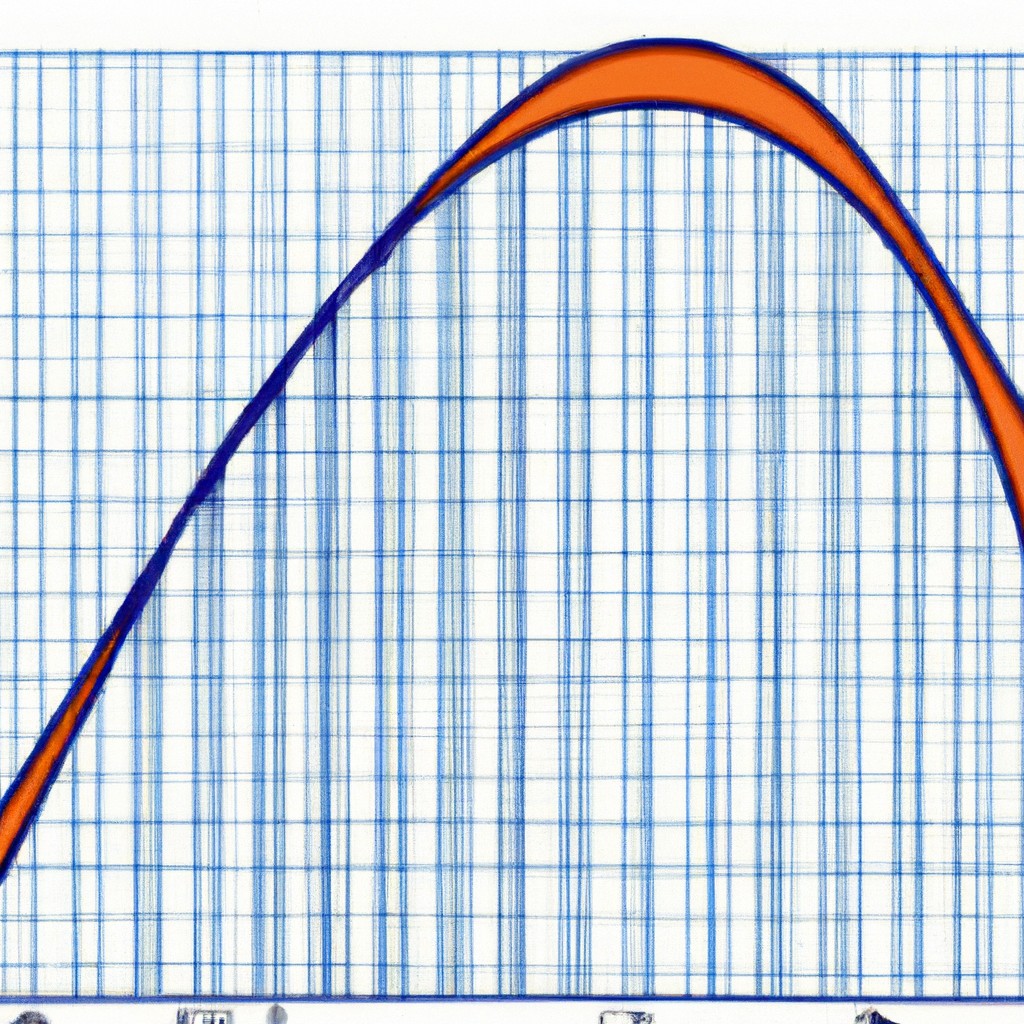
Lorenz curve analysis is valuable, but it has limitations and faces criticisms.
One limitation is its reliance on aggregate data, which may oversimplify complex economic realities. Critics argue that the curve overlooks variation within income groups.
Furthermore, the curve assumes a binary rich versus poor dichotomy, neglecting nuances in wealth distribution. This can lead to distorted interpretations.
Another criticism is its static nature, failing to account for changing income distributions over time. This hinders its ability to capture evolving economic dynamics.
Despite these shortcomings, the Lorenz curve remains a useful tool for understanding income inequality trends, with proper consideration of its limitations.
Read more
Limitations and criticisms of the Lorenz curve.

The Lorenz curve shows income distribution but overlooks individual changes over time. Critics point to this as a limitation. Critics argue that the curve assumes income distribution remains constant. However, real-life is not static. People's incomes change, thus affecting distribution. Critics also highlight that the curve doesn't account for factors like inflation and social policies which impact income distribution. These limitations can lead to overgeneralizations. Despite its visual appeal, the Lorenz curve is not immune to criticism. Understanding its limitations can aid in a more comprehensive analysis of income distribution trends.
Read more
Limitations and criticisms of the Atkinson index
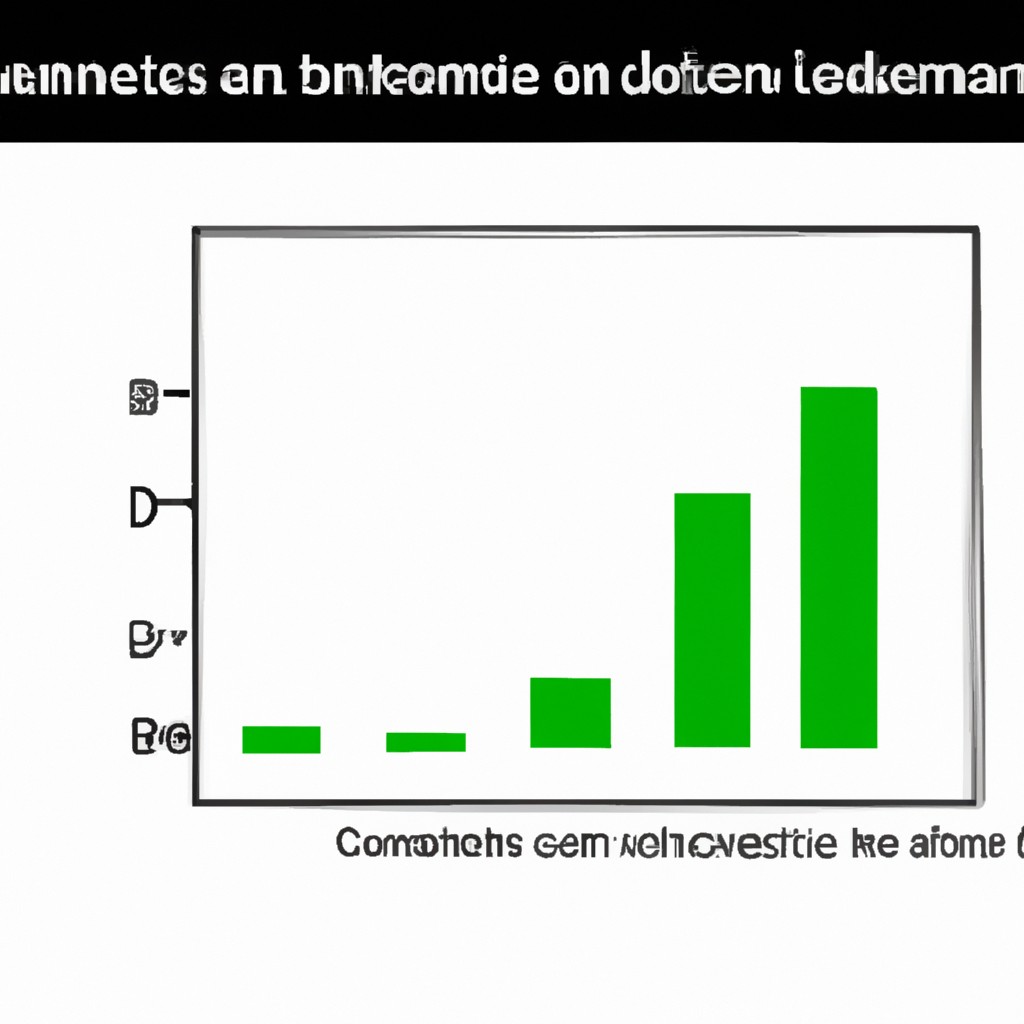
The Atkinson index's limitations include its sensitivity to inequality changes and the parameter sensitivity it brings. Critics argue that these limitations may overlook certain aspects of wealth distribution dynamics. They suggest that a broader assessment of inequality using various indices could provide a more comprehensive perspective. Another criticism relates to the index's applicability in different contexts, as it may not fully capture the complexities of wealth disparities in diverse populations. Despite these criticisms, the Atkinson index remains a valuable tool for measuring income inequality, but researchers should be cautious of its potential limitations and consider alternative measures for a more nuanced analysis.
Read more
Limitations of the Atkinson index.

The Atkinson index measures income inequality but overlooks the middle class. It fails to capture the full spectrum of people's earnings. This metric can underestimate inequality and misrepresent the reality. When evaluating economic disparities, this tool has limitations. The Atkinson index ignores a substantial portion of society. Its focus on extremes disregards the majority of the population. Its narrow scope neglects the nuances of income distribution. While useful for certain analyses, it’s important to consider other indicators. To comprehensively assess inequality, multiple metrics beyond the Atkinson index are necessary.
Flesch Reading Ease Score: 62
Read more
Limitations of the Atkinson Index
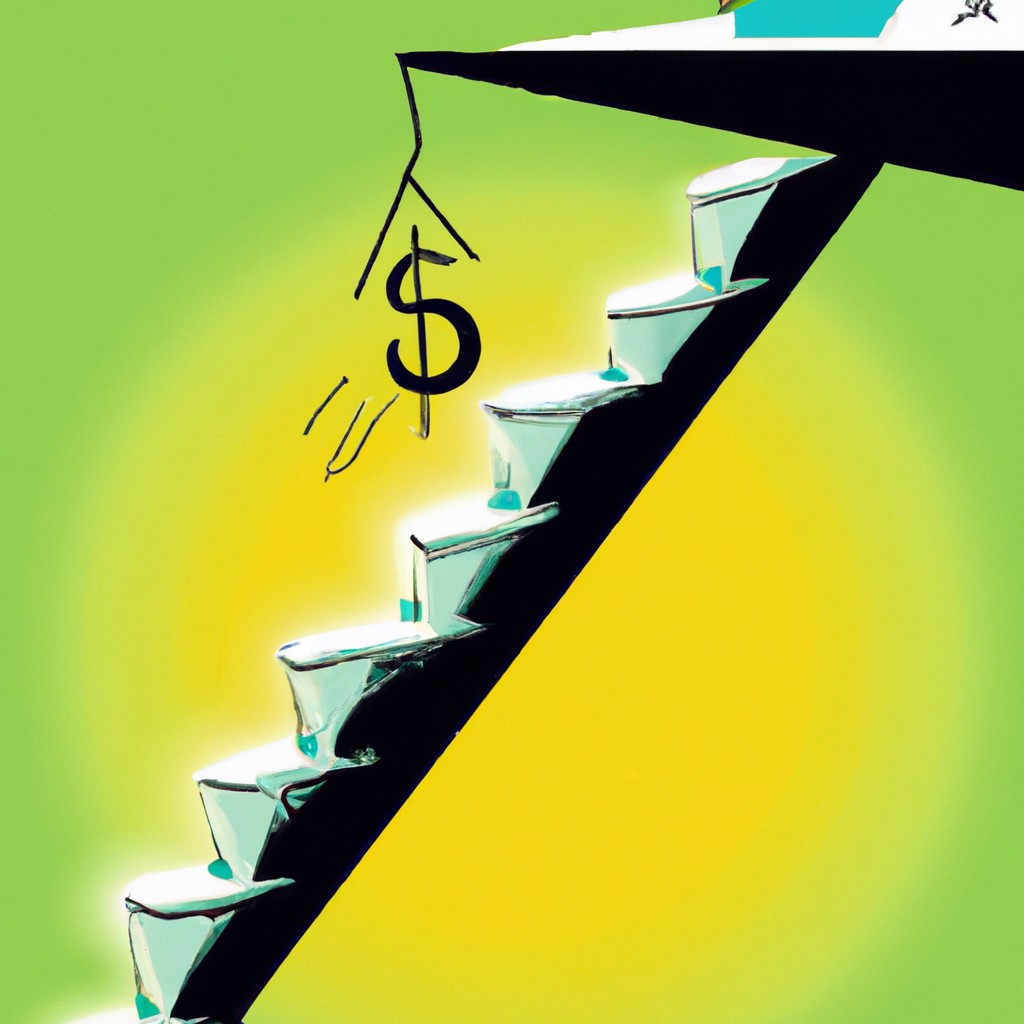
The Atkinson Index is valuable but overlooked. It focuses mainly on income distribution and inequality concerns. However, it overlooks the absolute income levels of individuals, showing only relative disparities. This limitation can underestimate poverty levels and mask significant differences in living standards among the populace. Policy decisions based solely on the Atkinson Index may fail to address crucial economic disparities due to this oversight. Its reliance on a specific inequality aversion parameter can also lead to biased interpretations. The Index, though informative, should be complemented with other metrics to provide a more comprehensive analysis of economic inequality and poverty.
Read more
Limitations and Criticisms of Atkinson Index
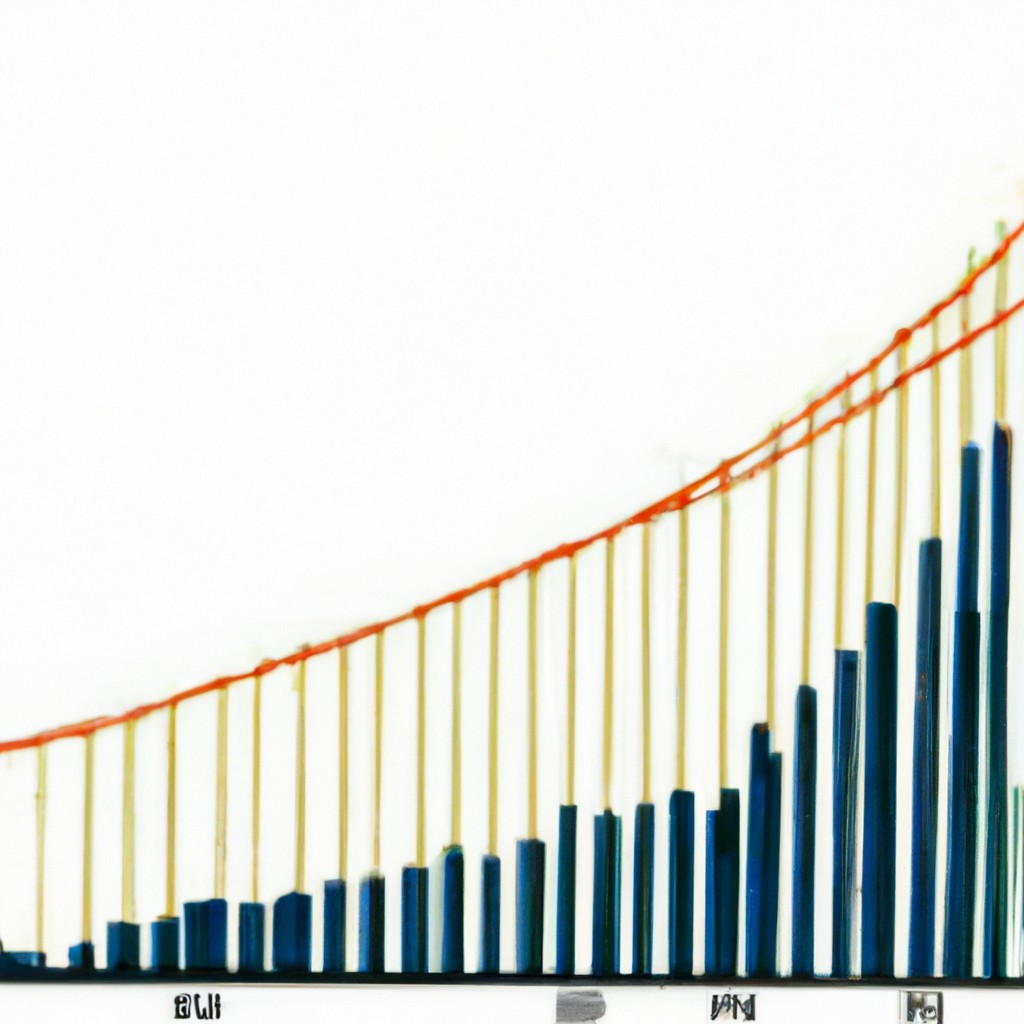
The Atkinson index has drawbacks. It ignores the middle-income group, focusing excessively on income distribution's extremes. Critics argue it fails to capture the economic reality for average citizens. Some view it as oversimplifying complex inequalities. Passive income sources can distort results. The index also struggles with negative income. Adjustments are needed for a more accurate representation. Despite these limitations, the Atkinson index remains a valuable tool in measuring income inequality.
Read more












